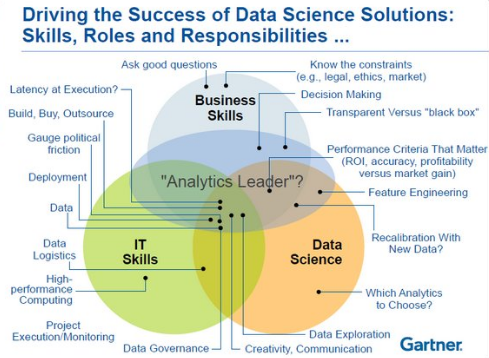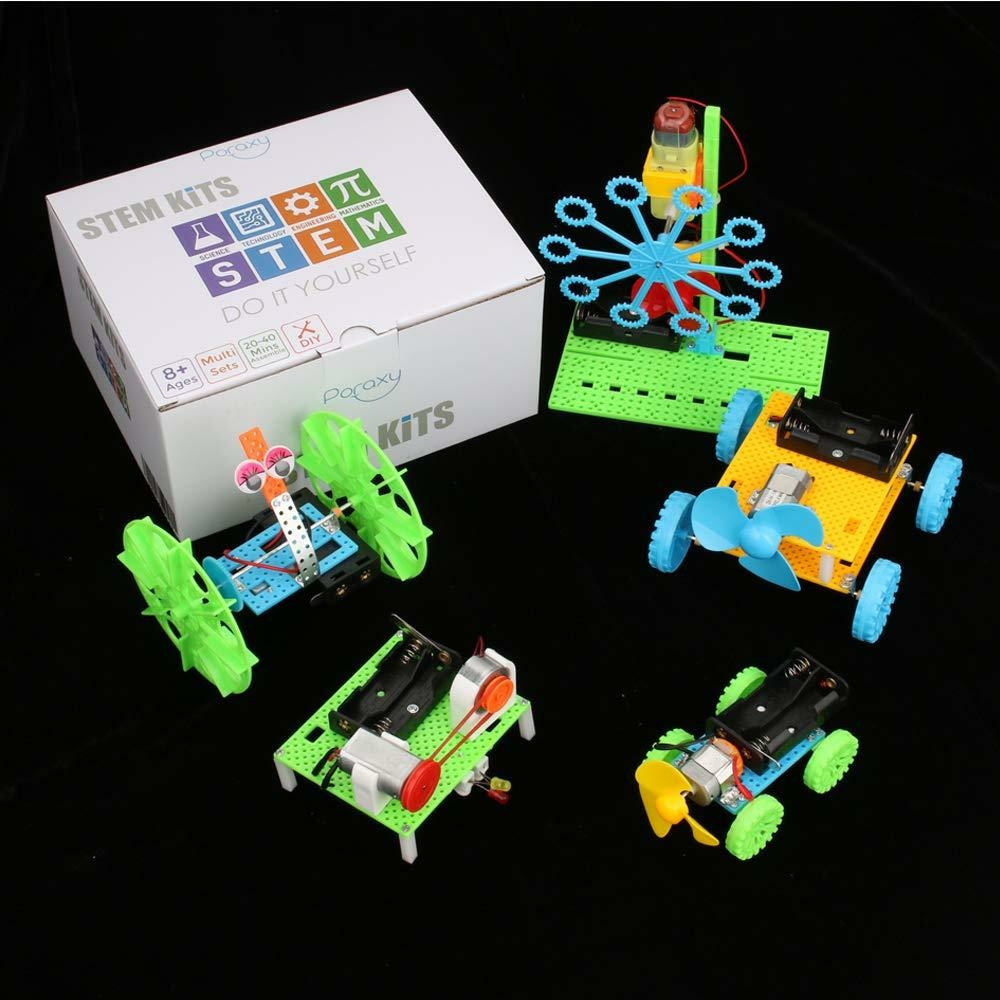Zahilyn D. Roche Allred, Florida International University
College students must complete 40 to 60 credit hours of science coursework to graduate with a science major. This means that you will spend around 2,500 hours in the classroom throughout your undergraduate studies.
But research has shown that despite all these efforts, most college science courses provide students with only a fragmented understanding of fundamental scientific concepts. The learning method reinforces the memorization of individual facts by moving from one textbook chapter to another without necessarily making connections between them, instead of learning to use the information and connect those facts in a meaningful way.
The ability to make these connections is also important outside the classroom because it is the foundation of science literacy: the ability to use scientific knowledge to accurately evaluate information and make decisions based on evidence.
As a researcher in chemistry education, I have been working with my colleague Sonia Underwood since 2019 to learn more about how chemistry students integrate and apply their knowledge in other disciplines.
In our latest study, we examined how well college students can use their knowledge of chemistry to explain real-world biological phenomena. We did this by having them do activities designed to make these cross-disciplinary connections.
We found that although most students had not been given similar opportunities to prepare them to build links, such activities could help – if they were part of the curriculum.
Three-dimensional learning
A large body of research shows that traditional science education, for both majors and non-majors, does not do a good job of teaching science students to apply their scientific knowledge and explain things they may not have directly learned.
With this in mind, we developed a series of cross-disciplinary activities guided by a framework called ‘three-dimensional learning’. See the article : The fate of science modeled and explained in a new study.
In short, three-dimensional learning, known as 3DL, emphasizes that teaching, learning, and assessment of college students should involve the use of the core ideas of the discipline. It should also include tools and rules to support students in making connections within and across disciplines. Finally, it should involve students in using their knowledge. The framework was developed based on how people learn to help all students develop a deep understanding of science.
We did this in collaboration with Rebecca L. Matz, an expert in science, technology, engineering and mathematics education. We then took these activities into the classroom.
Making scientific connections
We started by interviewing 28 first-year science or engineering students. All were enrolled in introductory courses in both chemistry and biology. We asked them to identify connections between the content of their courses and the messages they felt they took away from each course.
Students responded with an extensive list of topics, concepts, and skills they had learned in class. Some, but not all, correctly identified the main ideas of each science. See the article : New high-tech collaboration stations Students for Success. They realized that their knowledge of chemistry was essential to understanding biology, but not that the reverse could also be true.
For example, students talked about how the knowledge they learned in their chemistry course about interactions—that is, forces of attraction and repulsion—was important to understanding how and why the chemical species that make up DNA come together.
In contrast, the central idea in the biology course that students talked about the most was the relationship between structure and function—how the shape of chemical and biological species determines how they work.
Next, a series of cross-disciplinary activities were developed to guide students to use basic ideas and knowledge in chemistry to help explain real-world biological phenomena.
Students reviewed a key idea in chemistry and used this knowledge to explain a familiar chemistry scenario. Next, they used it to explain the biological scenario.
One activity investigated the effects of ocean acidification on shellfish. Here, students were asked to use basic ideas in chemistry to explain how increasing levels of carbon dioxide in seawater would affect shell-building marine animals such as corals, clams and oysters.
Other activities asked students to apply knowledge of chemistry to explain osmosis—how water moves in and out of cells in the human body—or how temperature can change the stability of human DNA.
Overall, students were confident in their chemistry knowledge and could easily explain chemistry scenarios. They found it more difficult to apply the same chemical knowledge to explain biological scenarios.
In the ocean acidification activity, most students were able to accurately predict how increasing carbon dioxide would affect the acidic level of the ocean. But they couldn’t always explain how these changes affect marine life by preventing shells from forming.
These findings highlight that there is still a wide gap between what students learn in their science courses and how well they are prepared to apply that information. This problem persists despite the fact that in 2012 the National Science Foundation released a set of three-dimensional learning guidelines to help educators make science education more effective.
However, the students in our study also reported that these activities helped them see connections between the two disciplines that they might not have otherwise perceived.
In this way, we also got evidence that at least our chemistry students would like to gain a deeper understanding of science and its application.
Zahilyn D. Roche Allred, Postdoctoral Fellow, Department of Chemistry and Biochemistry, Florida International University
This article is republished from The Conversation under a Creative Commons license. Read the original article.
Why is scientific literacy among the general population important?
The benefits of a higher level of scientific literacy in society are obvious. Read also : Teen Science Prodigy Great Designer Biotech Lab Tools. People who are able to think more critically about the information they receive and weigh the available evidence for themselves are better able to make important choices not only for their own health, but also as citizens.
What aspects of science literacy are most important? Science literacy involves not only an understanding of basic concepts but, just as importantly, an understanding of the importance of the ‘falsifiability’ of scientific theories and hypotheses, a knowledge that scientific inquiry is valuable, and an understanding of the problem. – the nature of scientific solution …
Why is scientific literacy is important?
Science literacy is important because it provides a context for solving societal problems and because the science population is better able to deal with many of their problems and make intelligent and informed decisions that affect the quality of their lives and the lives of their children. .
What does having scientific literacy mean and why is it important to have it?
Scientific literacy means: an individual’s understanding of scientific concepts, phenomena and processes and the ability to apply this knowledge in new and sometimes non-scientific situations (PISA, 2018).
Why is scientific literacy important for citizens in a democracy?
According to Miller [5], a scientifically literate public is essential for the functioning of the democratic process in today’s high-tech societies. Without at least a general understanding of the issues they must decide, voters cannot make healthy choices.
What is scientific literacy and why is it important quizlet?
Knowledge and understanding of scientific terms and principles necessary to evaluate information, make personal decisions, and participate in public affairs.
What is scientific literacy and how can being scientifically literate help you?
Scientific literacy is understanding what science is and how to use scientific information to make everyday decisions. (The combination of words might lead us to think about integrating literacy teaching and learning with research—also important, but not the focus of this column.)
What does scientific literacy mean? Scientific literacy is the knowledge and understanding of scientific concepts and processes necessary for personal decision-making, civic and cultural participation, and economic productivity. It also includes certain types of abilities.
What does it mean to be scientifically literate Why is scientific literacy important?
Scientific literacy is based on the understanding that science is an ongoing human endeavor. It is a powerful tool for understanding the natural world and provides the means to advance scientific knowledge. It is a means by which a person can explore, engage, discover and draw meaningful conclusions.
How does scientific literacy help people?
Science literacy is important because it provides a context for solving societal problems and because the science population is better able to deal with many of their problems and make intelligent and informed decisions that affect the quality of their lives and the lives of their children. .
How do you become scientifically literate?
Scientific literacy requires “doing science” (Zwicker 2015). To help children develop their understanding of science and their ability to engage in science conversations, provide explanations of natural phenomena, and suggest ways to answer questions scientifically.




